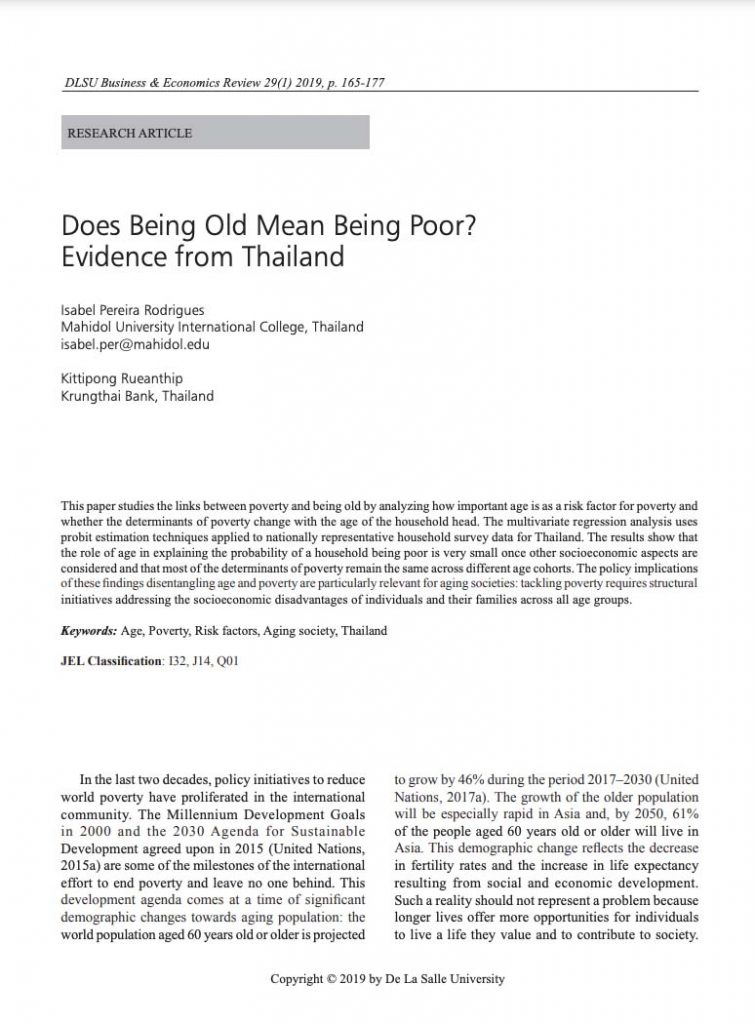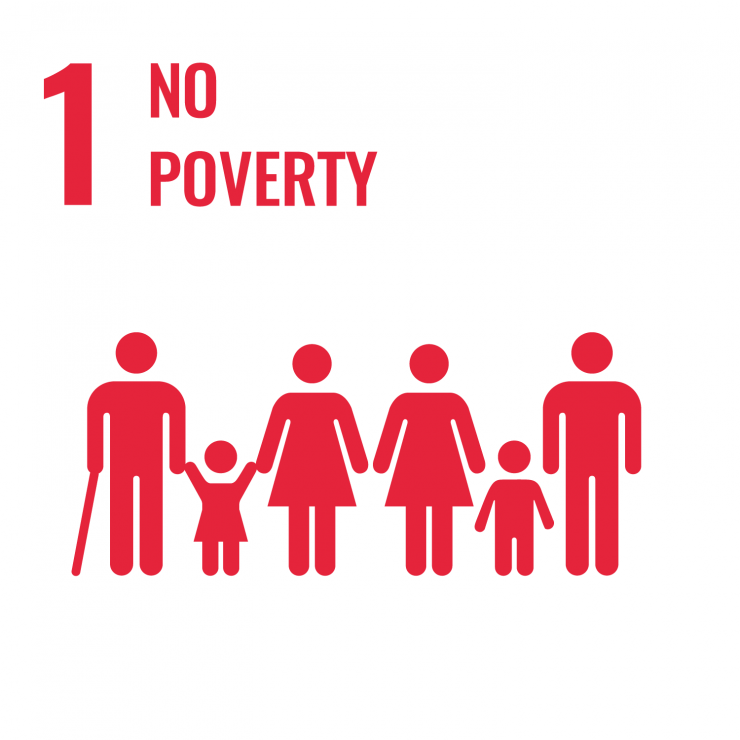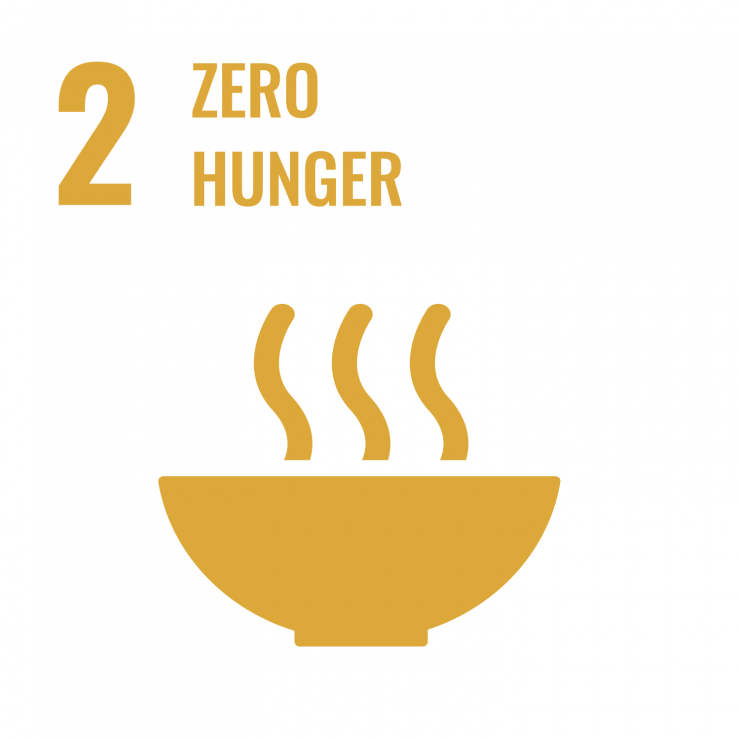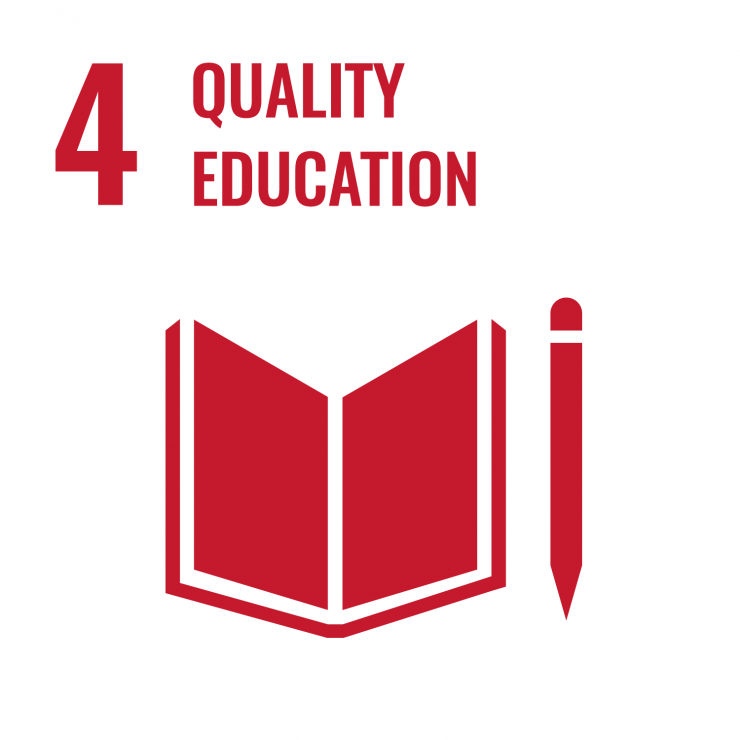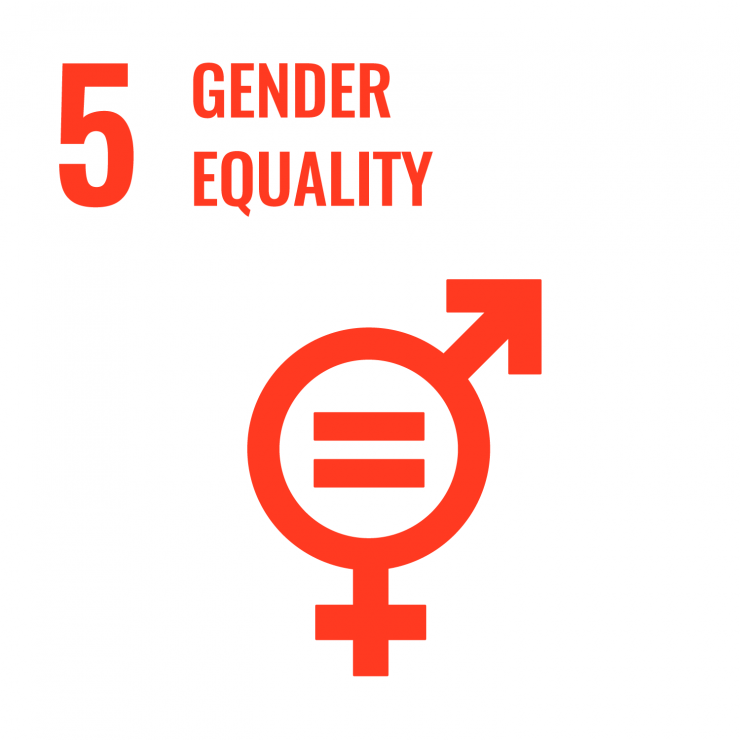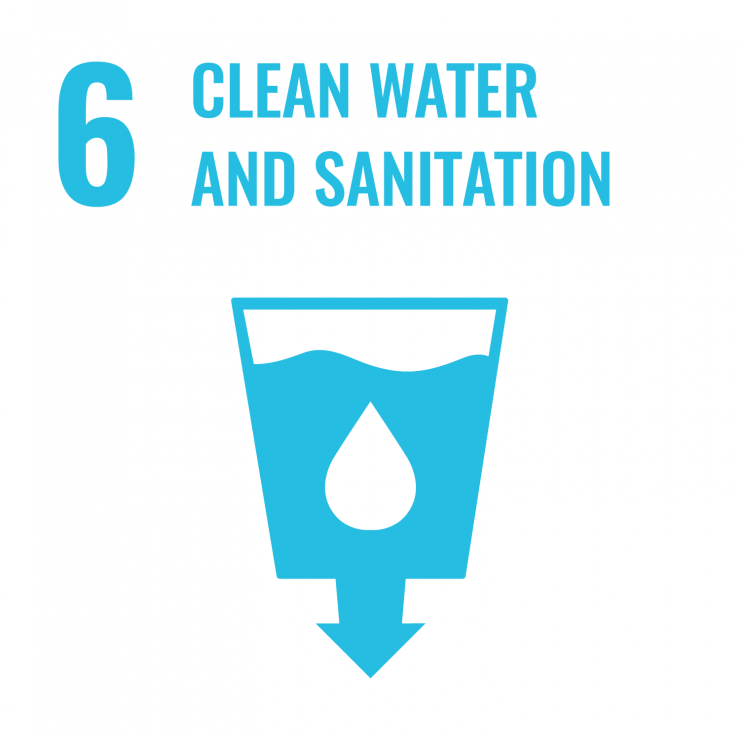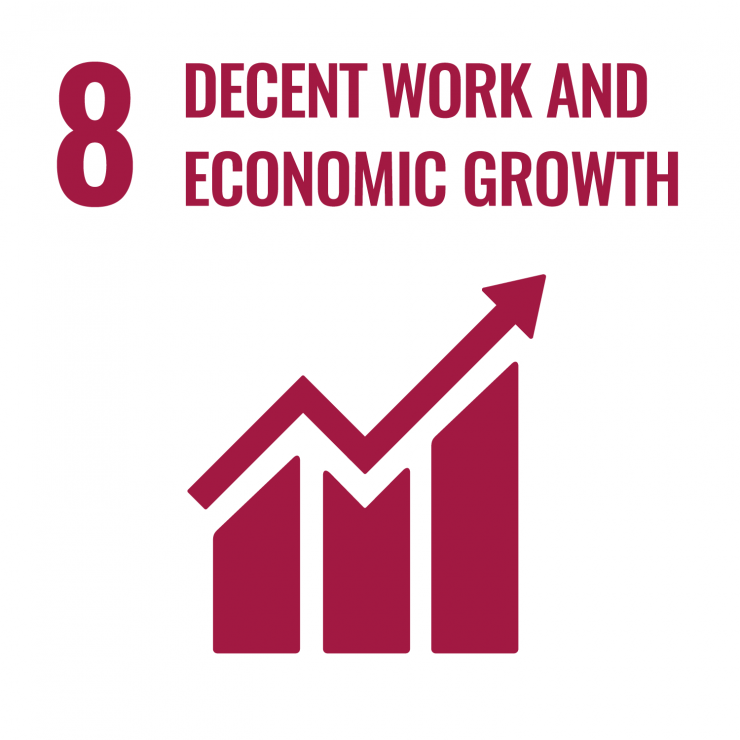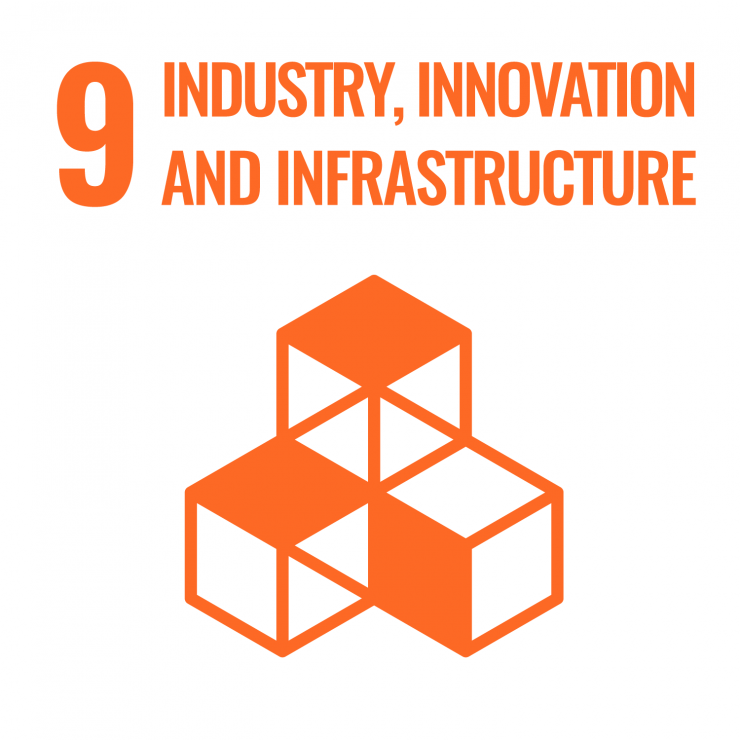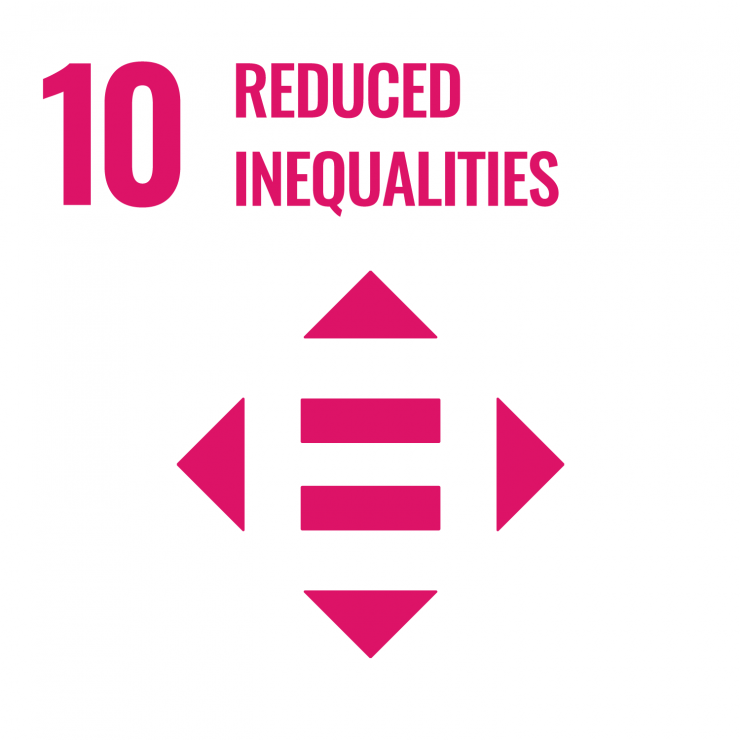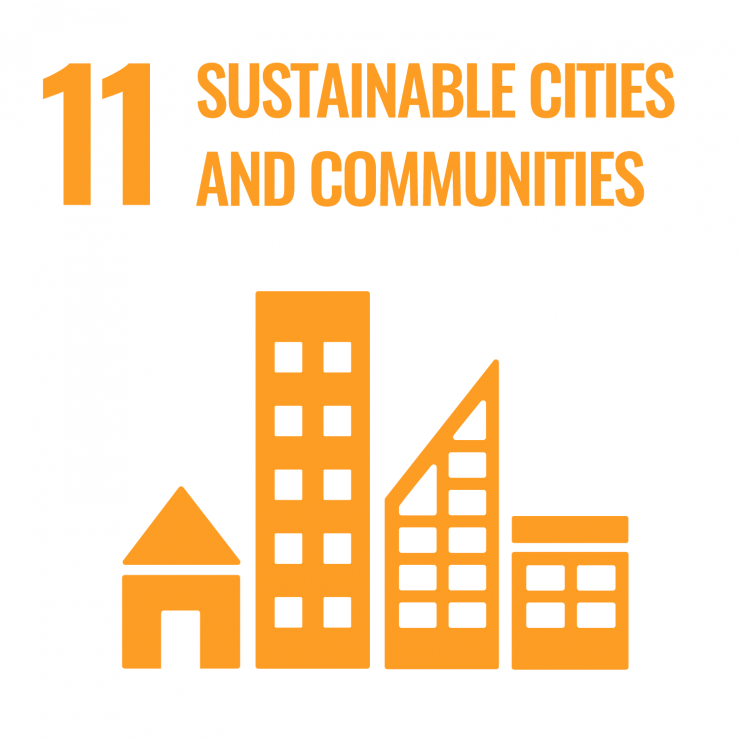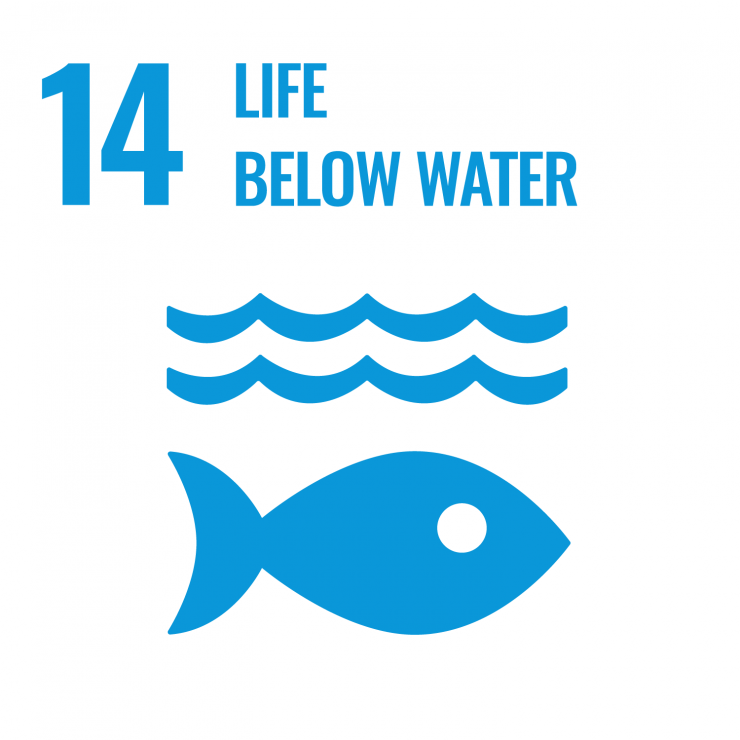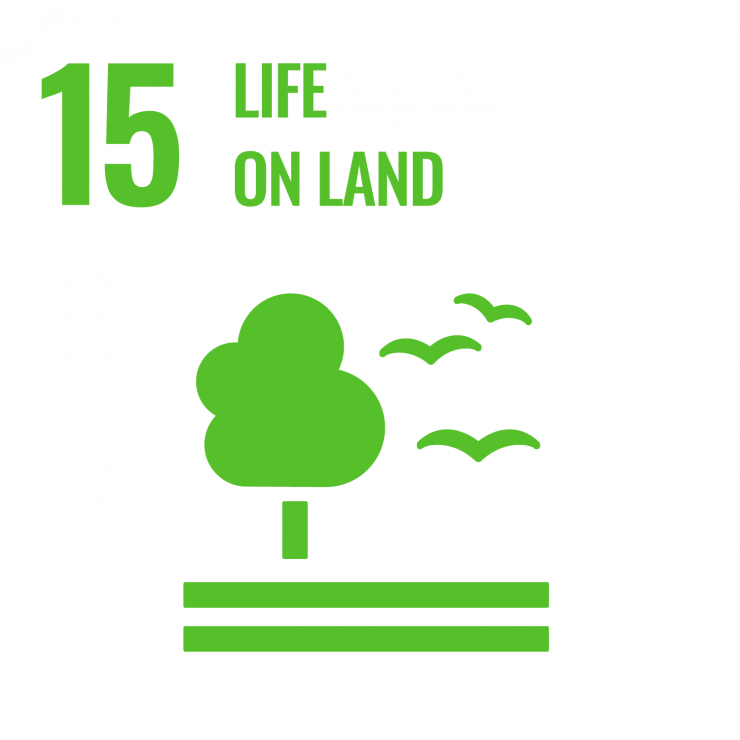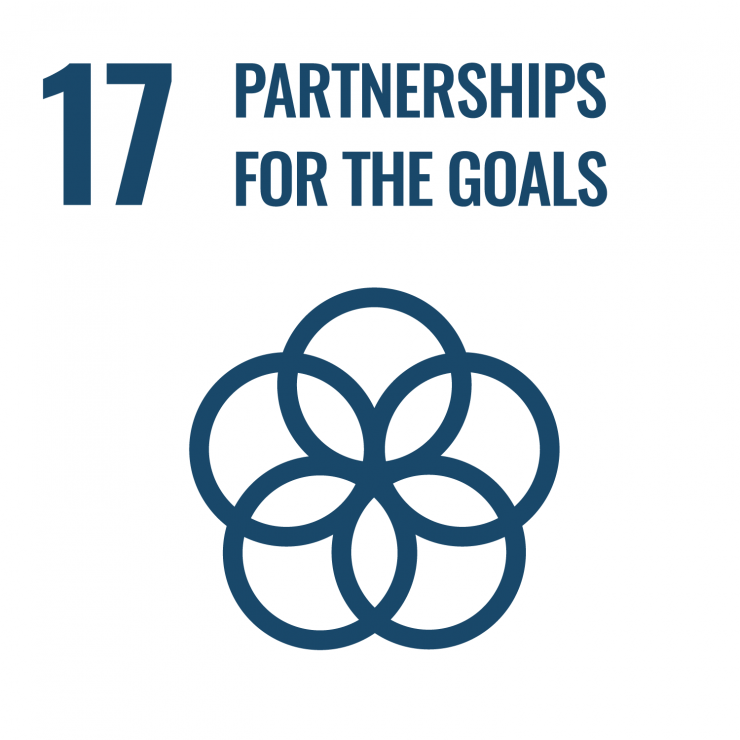Between 2015 and 2018, the poverty rate in Thailand increased from 7.2 percent to 9.8 percent, and the absolute number of people living in poverty rose from 4.85 million to more than 6.7 million. The increase in poverty in 2018 was widespread – occurring in all regions and in 61 out of 77 provinces. Moreover, Thailand is currently ranked the third most rapidly ageing population in the world. The number of people aged 60 and over in Thailand now stands at about 13 million, accounting for 20% of the population. Population ageing is a relatively new occurrence for Thailand; it was just in 2001 that Thailand became an ageing population with more than 7% of the population over 65. By 2050, Thailand’s aging population is expected to increase to 20 million, accounting for 35.8% of the population. This means that out of every three Thais, one will be a senior citizen.
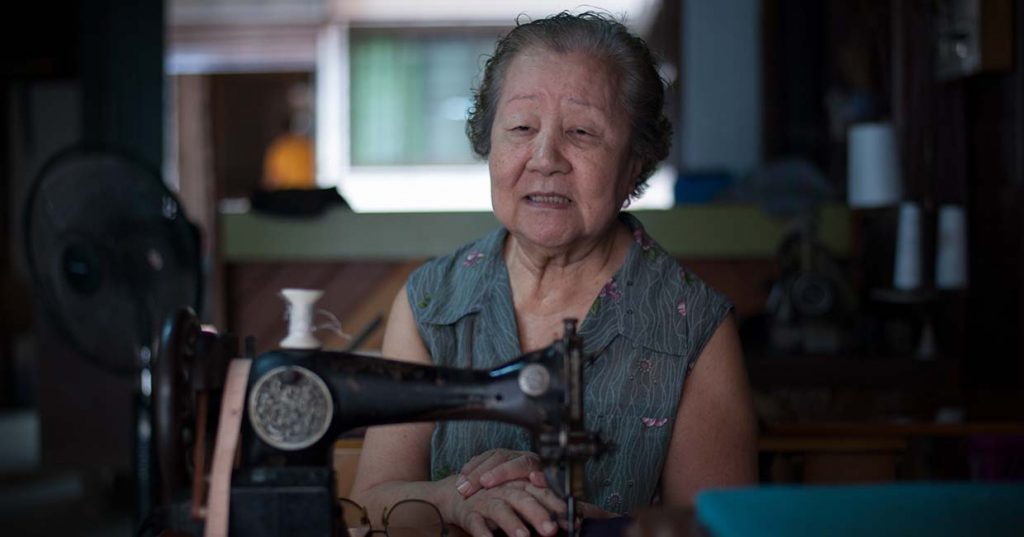
On the economic situation of the elderly, one third of the elderly have income below the poverty line. In 2015, 34.3% of those earning less than 2,647 baht per month and in 2016, there were 8 million elderly people receiving subsistence allowances. Up to 63,219 million baht. The 2030 Agenda for Sustainable Development, one of the goal is to eradicate extreme poverty for all people everywhere, currently measured as people living on less than $1.25 a day. Therefore, the MUIC has looked for the factor of poverty by using a research.
This research empirically assesses the relation between age and poverty, with special focus on older people and poverty, using nationally representative household survey data for a fast-aging country in Asia, Thailand. Basic correlation analysis reveals a significant and positive relationship between age and poverty. However, when controlling for socioeconomic variables and using probit regression estimation, age has a very small role in explaining poverty. These results support the proposed hypotheses. When comparing different age cohorts of the population, the evidence is also consistent with the initial expectations: the patterns of the risk factors of poverty are mostly similar between younger and older households.
This research aims to contributes to the policy debate by analyzing the factors behind poverty and the links between poverty and age. In particular, this study explores the impact of age on poverty and tries to understand the risk factors of poverty at older ages. The results of this study show that old age in itself should not be seen as a cause of poverty. It is the socioeconomic context of the individuals, the households and the community, and region where they live that are important determinants of poverty status. A clear policy message from this study is that when individuals, households, communities, and regions are equipped to answer the challenges of poverty, the role of age is substantially reduced and can even vanish. To tackle poverty, individuals, households, communities, and policymakers should focus on key aspects of education, economic and work opportunities, family relations, and community services and facilities. The solutions implemented should consider the process of population aging and the different potential needs of people at different stages of life.


